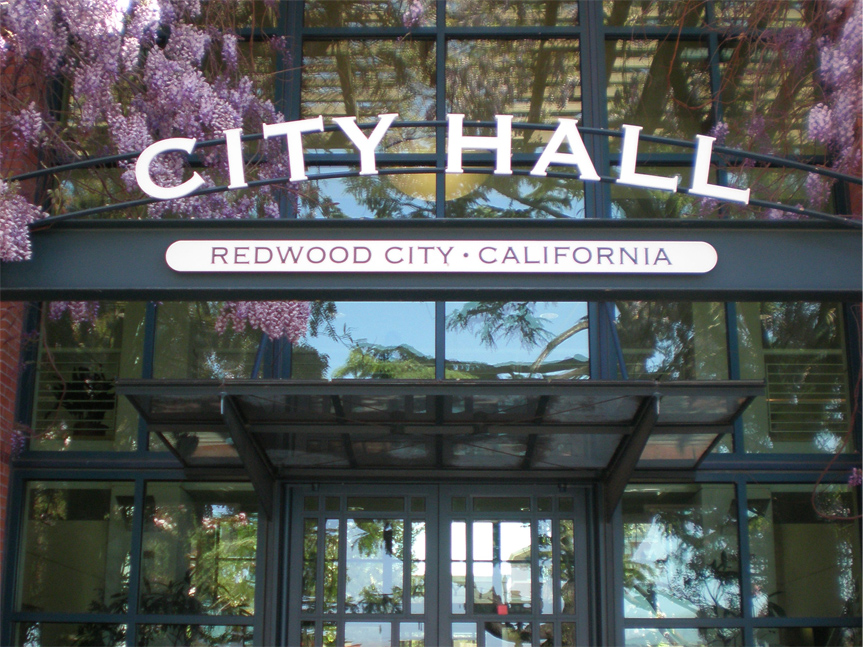Redwood City voters will see a half-cent sales tax measure on the November ballot.
On Monday, the City Council unanimously approved the ballot measure, which will require a simple majority of voters to pass (50-percent plus one vote). All funds generated from the new sales tax would be placed in the city’s general fund to be used for city services.
While Redwood City’s downtown is booming, generating $7 million more annually in property and sales tax compared to five years ago, the city is facing a growing annual budget deficit projected to reach $12 million in five years, a sum that adds up to about 10-percent of the city’s current year operating budget, city officials said.
The projected shortfalls are in large part due to the statewide crisis of growing public pension costs, which the League of California Cities states “will require cities over the next seven years to nearly double the percentage of their general fund dollars paid to the California Public Employee Retirement System (CalPERS).” In five years, Redwood City’s annual pension payment is projected to increase by $10 million. Reasons for pension increases are cited here.
Meanwhile, other factors are impacting the city’s revenue.
“Residents are spending more on housing or services, rather than taxed goods, leading to weaker sales tax revenue,” City Manager Melissa Stevenson Diaz told council Monday. “More people are choosing streaming rather than cable service, resulting in weaker utility users tax (revenue).”
While the city has taken steps to address future costs such as increasing developer fees and negotiating pension changes for current and future employees, service cuts are unavoidable, officials said. In this year’s budget, $3.7 million in reductions were made to every city department, Diaz said. The reductions eliminated three vacant Police Department positions, three vacant Fire Department positions, some after school programming, reduced funding for code enforcement and will reduce library staffing and hours effective in January, Diaz said.
“Even after those steps, and the cuts I’ve just described, without new revenue our only option is to continue to reduce costs, and this will affect services,” Diaz said. “Without new revenue, about $3 million will need to be cut from operations next year, and more after that.”






